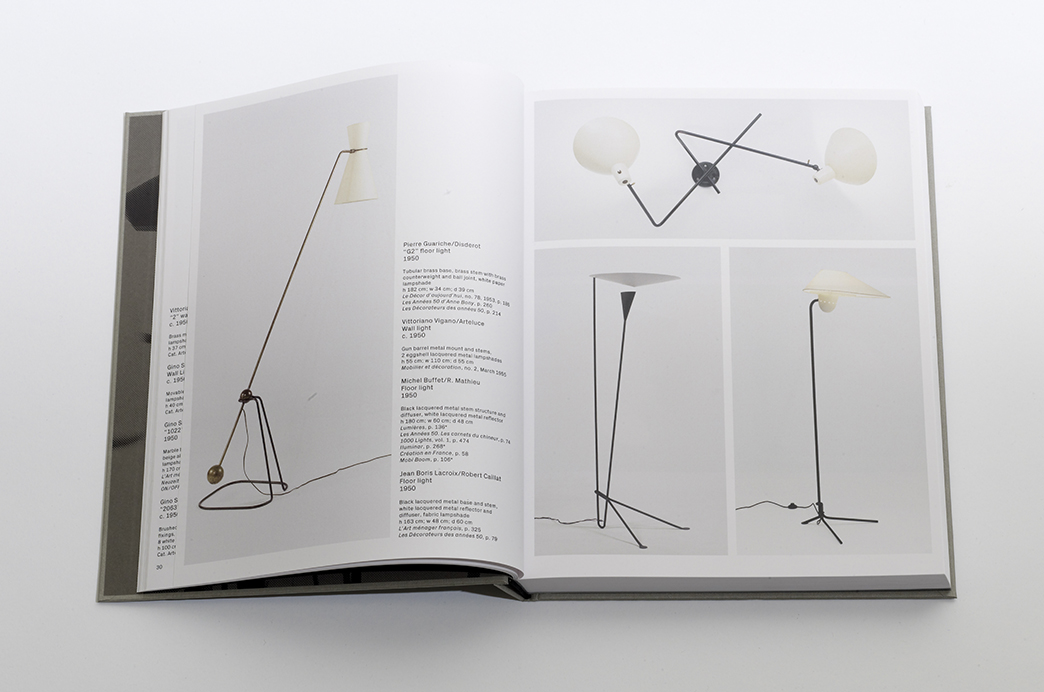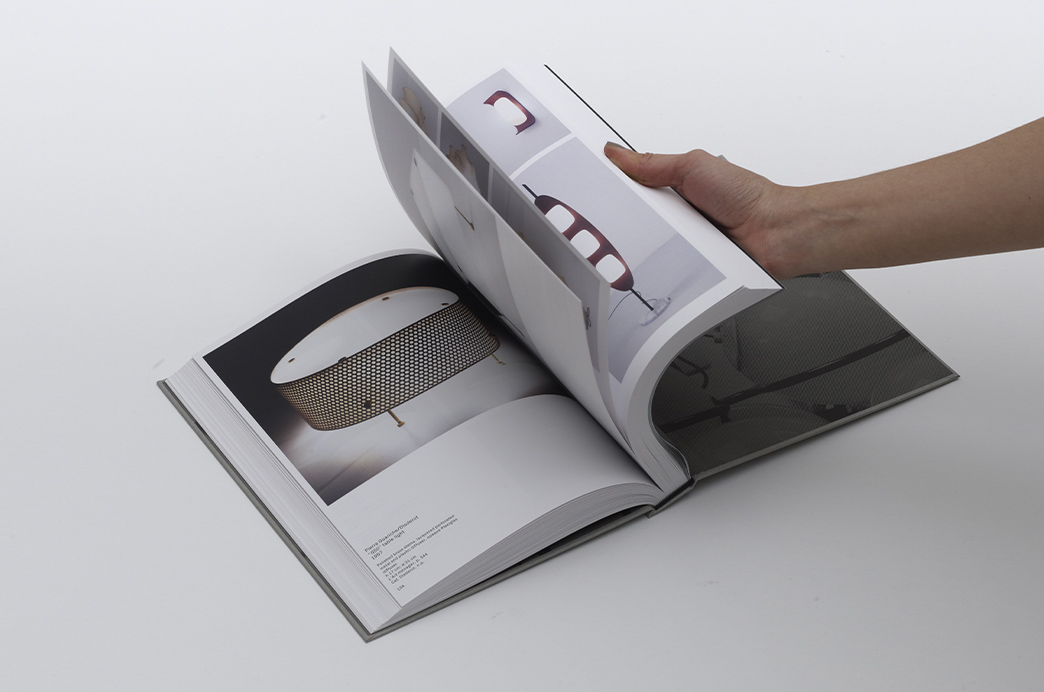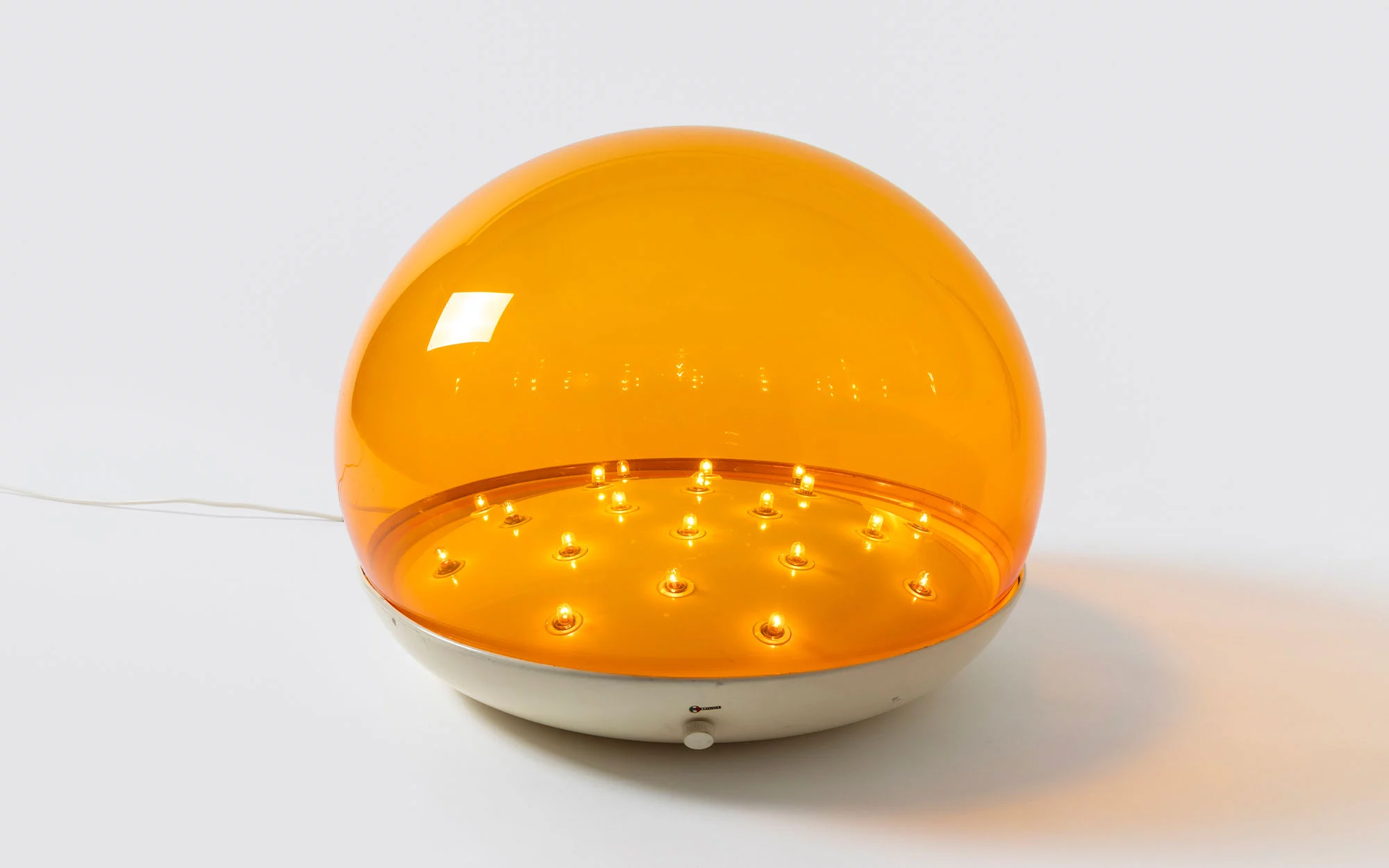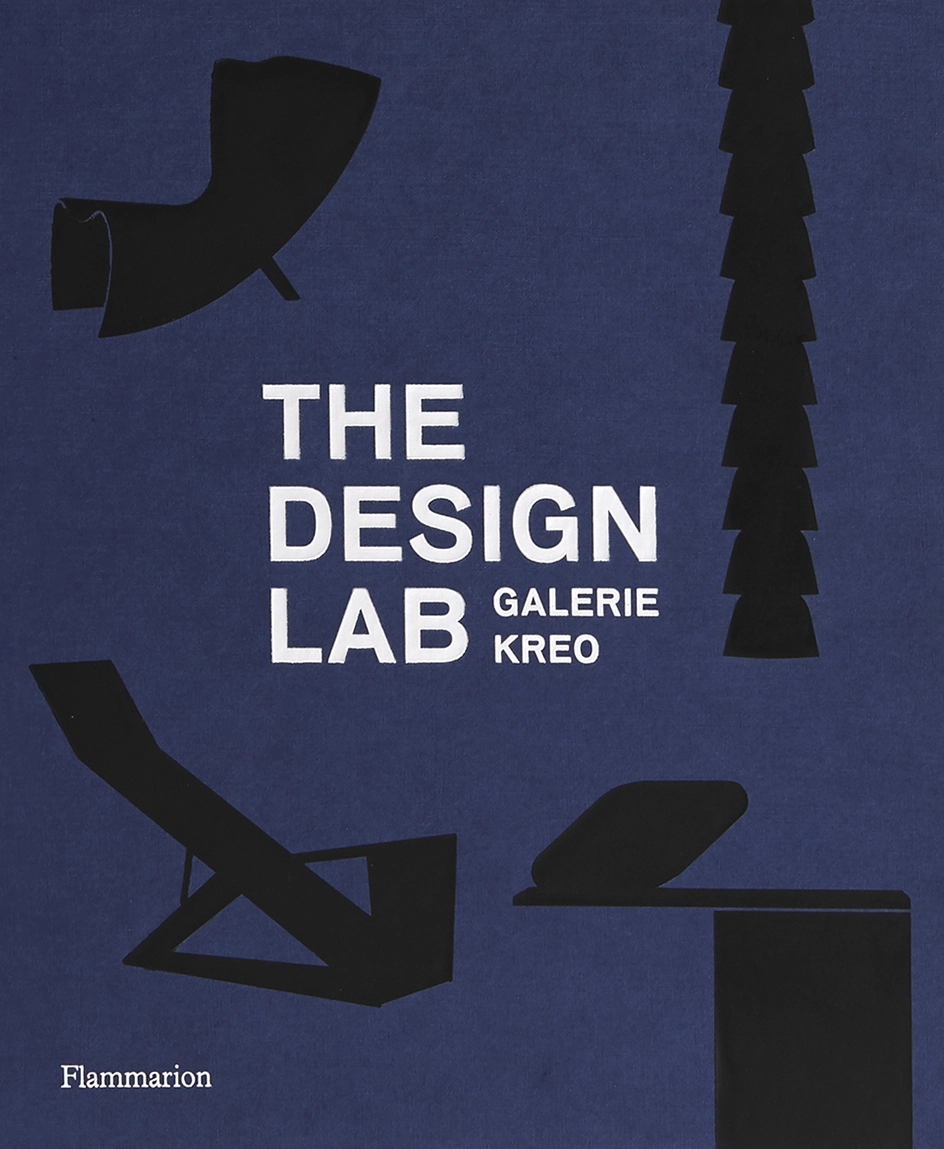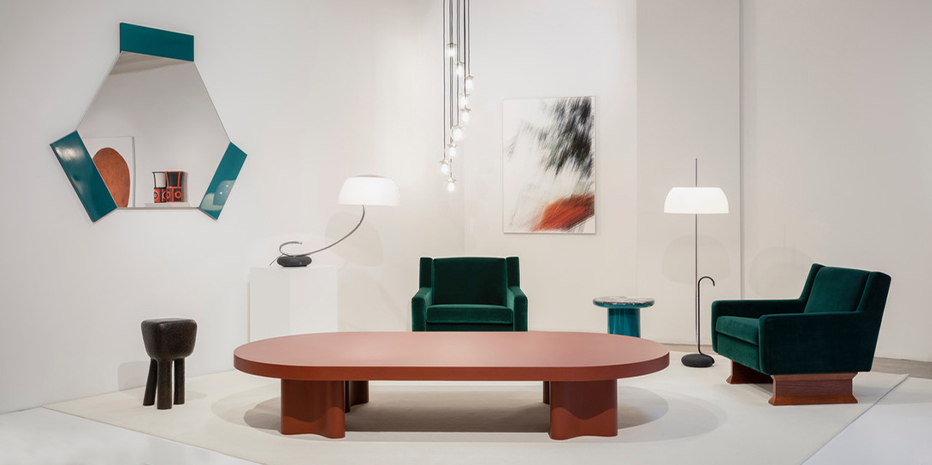
Galerie kreo is recognized as one of the most influential furniture galleries on the international scene.
The gallery defines itself as a "research laboratory" dedicated to the production of contemporary pieces in limited editions, created exclusively for the gallery, by the greatest contemporary designers, from Virgil Abloh, to Ronan & Erwan Bouroullec, Edward Barber and Jay Osgerby, Pierre Charpin, Front, Naoto Fukasawa, Jaime Hayon, Konstantin Grcic, Hella Jongerius, Alessandro Mendini, Jasper Morrison, Marc Newson, or Studio Wieki Somers.
The works of these designers reside in the most important private and public collections around the world, from the Museum of Modern Art, New York, to the Centre Pompidou, Paris, to the V&A, London, to the San Francisco Museum of Modern Art, etc.
In parallel with the contemporary production, the gallery also presents a selection of exceptional French and Italian 20th century lighting.
1999: opening of Galerie kreo rue Louise Weiss, in the 13th arrondissement of Paris
2000: the gallery moves to a neighboring street, 22 rue Duchefdelaville in the 13th arrondissement of Paris
2008: the gallery moves to 31, rue Dauphine, in the 6th arrondissement of Paris
2014: opening of a gallery in London, in the heart of Mayfair
2019: the gallery celebrates its 20th anniversary
The Founders
Clémence and Didier Krzentowski founded Galerie kreo in 1999.
Before opening the gallery, Clémence and Didier both worked in the sports business. For several years, Didier supported the family company KILLY – a renowned ski apparel company. Meanwhile, Clémence was on the Organizing Committee of the Winter Olympic Games of Albertville, 1992. There, she became Director of the Torch Relay, asking French designer Philippe Stark to design the Olympic torch.
Clémence and Didier opened kreo as an agency first, working on industrial projects with Ronan Bouroullec, François Bauchet, Marc Newson, Pierre Charpin etc. A few years later, they decided to open a gallery space in the 13th arrondissement in Paris.
In May 1999, their first show 'Furniture & Objects (1960-2000)' opened. Immediately, the gallery distinguished itself by showing extremely contemporary design alongside exceptional modern design.
Previous experience gave Clémence and Didier the taste for exhibiting design and art together, notably inspiring them to collaborate with galleries and institutions such as Emmanuel Perrotin (in 1996 and 1998), the Purple Gallery (1999), and the Fondation Cartier for the exhibition Fabulation by Radi Designers in 1999. In 1995, part of Clémence and Didier's art collection was presented at the Museum of Modern Art in Paris on the occasion of Suzanne Pagé's thematic exhibition 'Passions Privées'.
Didier is an expert in Design and Contemporary Art, member of the CNE (Compagnie nationale des experts), and Assessor of the Conciliation and Customs Expertise Commission.
Clémence and Didier are both Officers of the French Order of the ‘Arts & Lettres’ (Arts and Letters), and have been included in the 50 most influential French people in the world list by Vanity Fair.
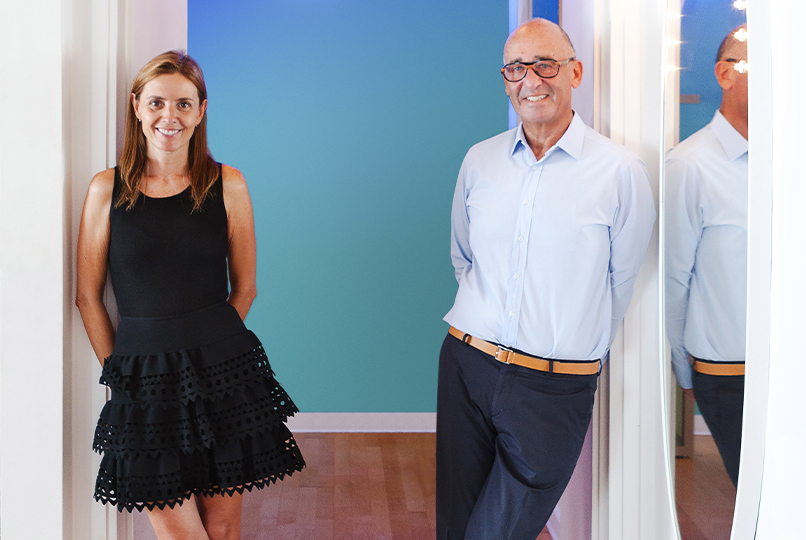
This panorama of the best of international contemporary design features emblematic works by the iconic designers of the Galerie kreo.
A retrospective of groundbreaking creativity, this volume offers an overview of contemporary design from the innovative Galerie kreo where, for the past twenty years, internationally renowned designers have produced, exhibited, and distributed their works. Founded in 1999 by Clémence and Didier Krzentowski as a place for contemporary designers to experiment, the Paris- and London-based galleries today remain firmly rooted in modernity.
Pieces produced with Galerie kreo by the world's most exciting contemporary designers—from Marc Newson, Hella Jongerius, and Jaime Hayon to Virgil Abloh, Konstantin Grcic, and Ronan and Erwan Bouroullec—are presented alongside pivotal moments in design history. An interview with the gallery's founders, an illustrated retrospective of more than one hundred exhibitions, and tributes by Galerie kreo's key companions weave together the story of this unique design laboratory, where a culture of innovation inspires new solutions in form and technique, and where important designers and their emblematic works have charted contemporary-design history.
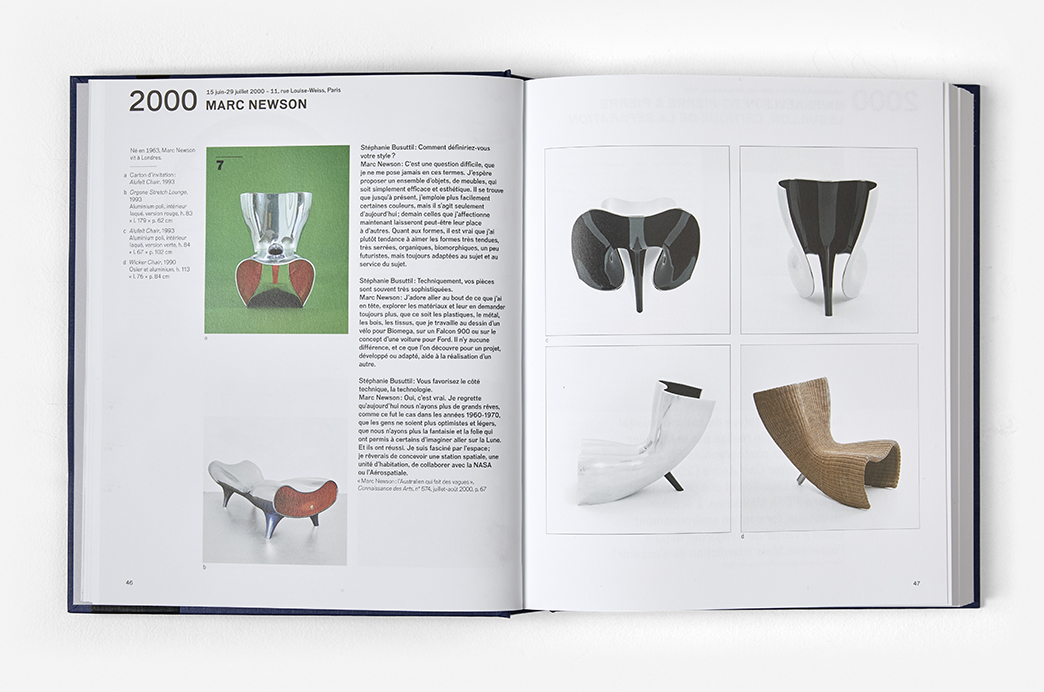
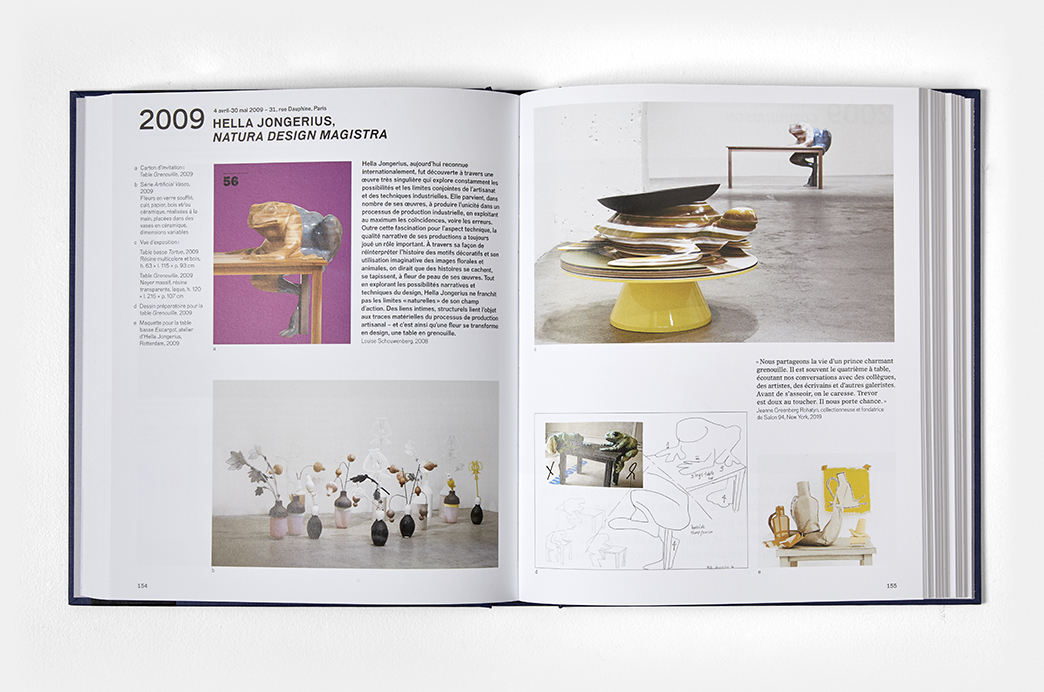
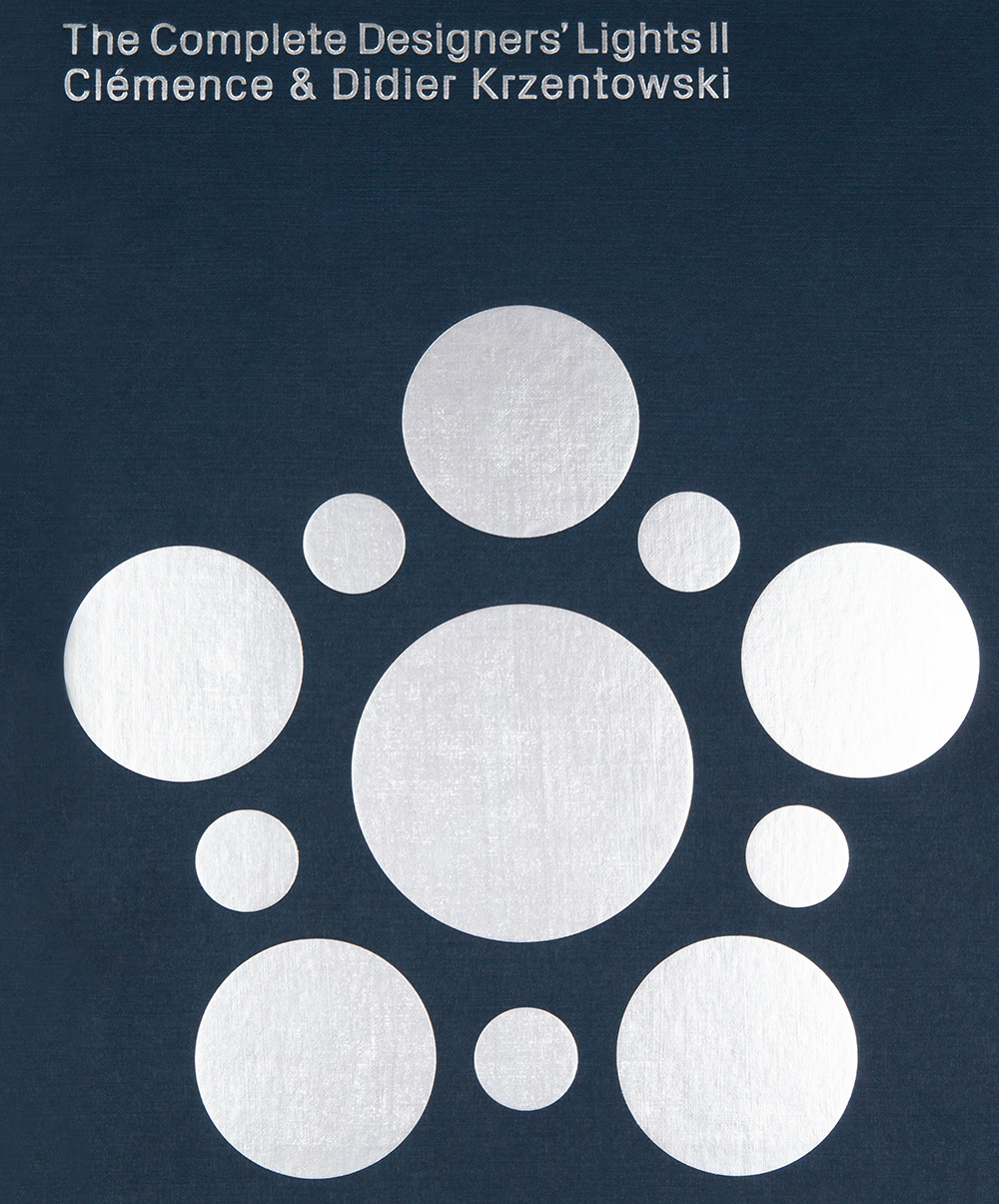
“The Complete Designers’ Lights II” is the second and revised edition, corrected and augmented with many new lamps. It provides priceless documentation and a visual guide for those interested in light design and furniture history, offering a detailed insight into this particular and fascinating field. Conceived as a catalogue raisonné of nearly 500 lights, this book also includes a discussion between Didier Krzentowski, the design historian and Director of the Bordeaux Musée des Arts décoratifs et du Design, Constance Rubini, and the journalist and design critic Pierre Doze, as well as an essay by the design and art critic Alex Coles focusing on the relationship between light design and light art, mainly through a parallel study of Gino Sarfatti’s and Dan Flavin’s works.
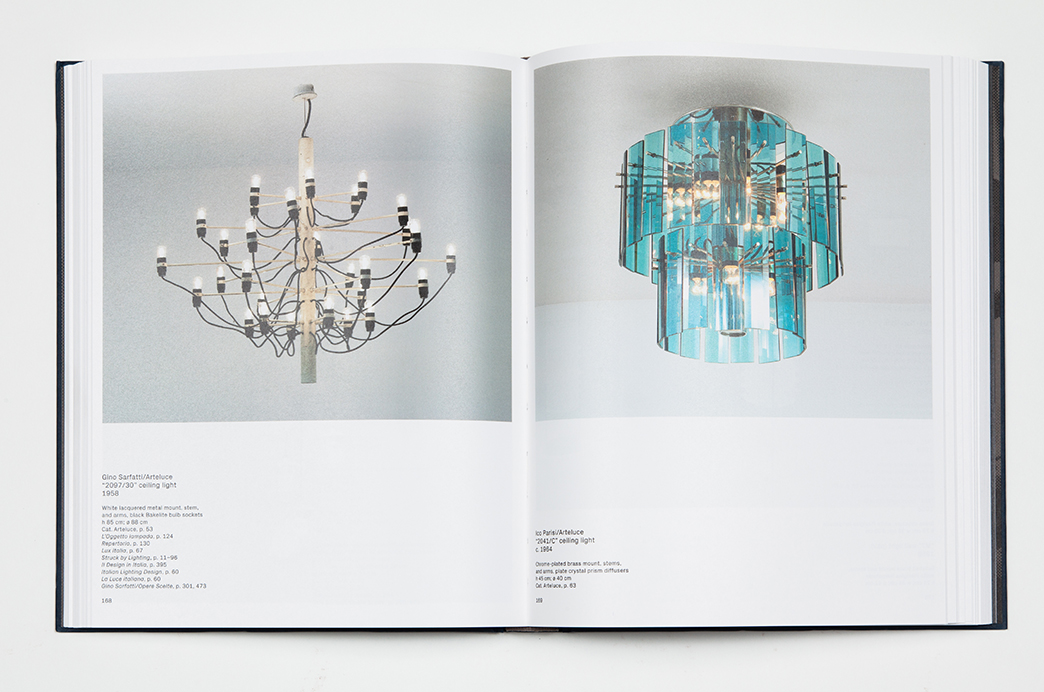
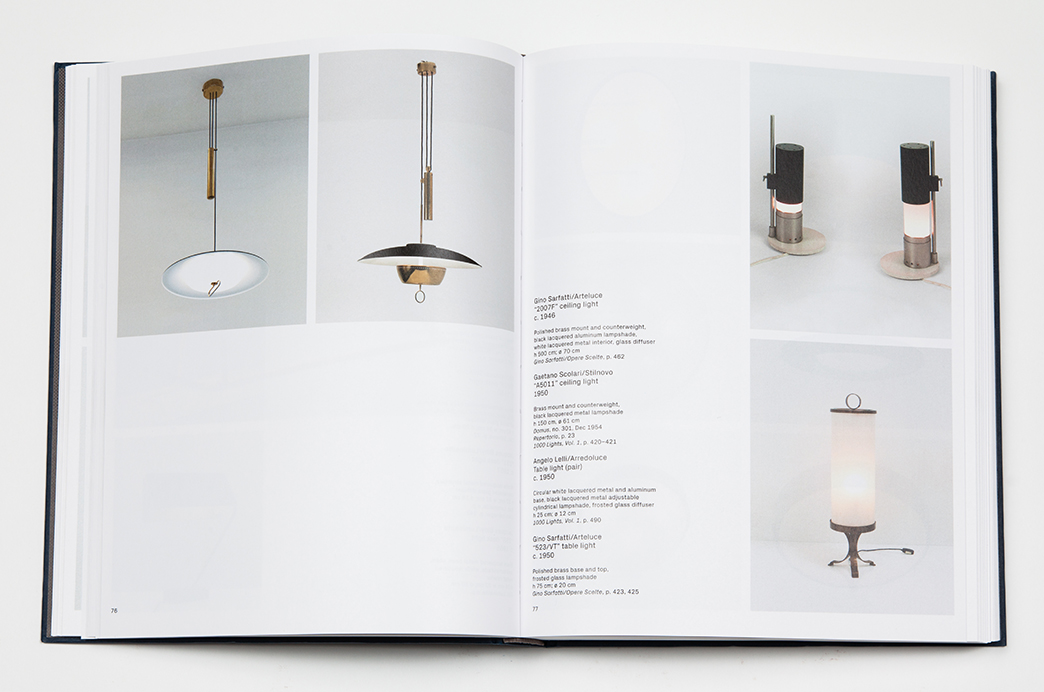
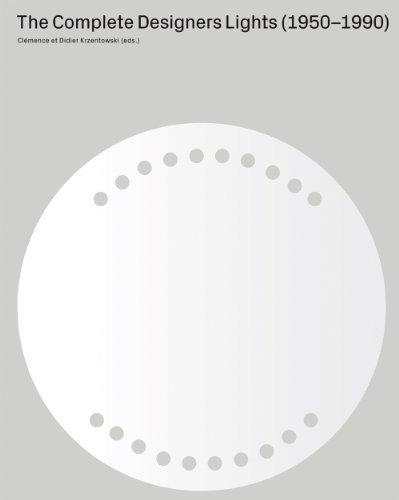
“The Complete Designers’ Lights (1950–1990)” provides priceless documentation and a visual guide for those interested in light design and furniture history, offering a detailed insight into this particular and fascinating field. Conceived as a catalogue raisonné of nearly 500 lights, this book also includes a discussion between Didier Krzentowski, the design historian and curator of the Paris Musée des Arts décoratifs, Constance Rubini, and the journalist and design critic Pierre Doze, as well as an essay by the design and art critic Alex Coles focusing on the relationship between light design and light art, mainly through a parallel study of Gino Sarfatti’s and Dan Flavin’s works.
